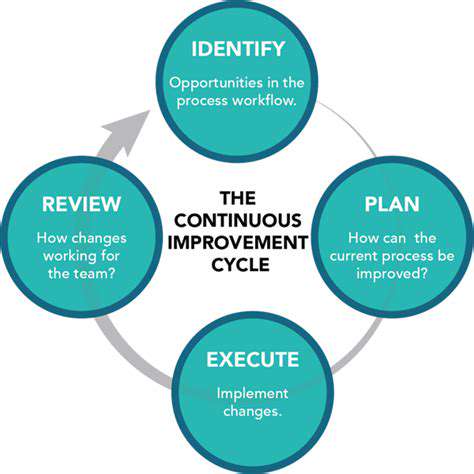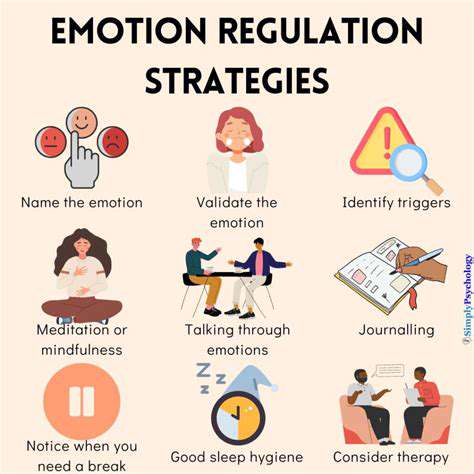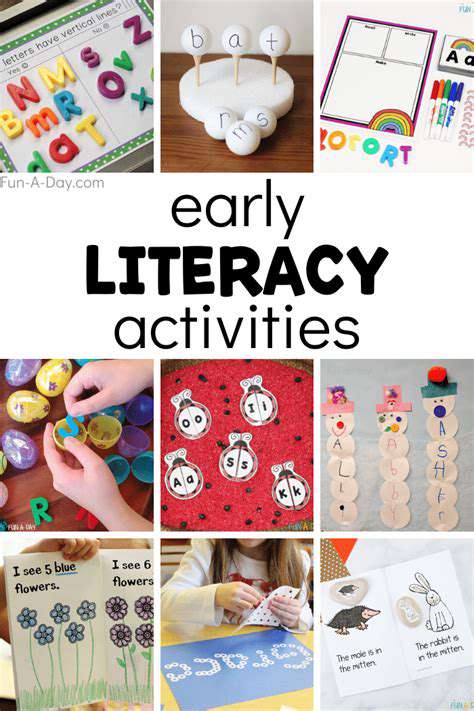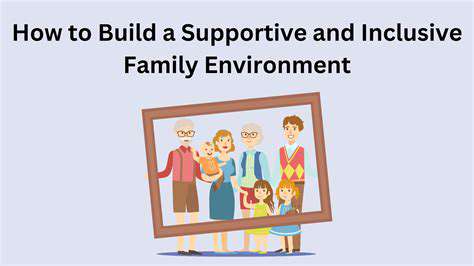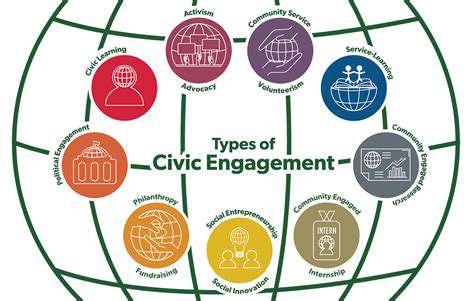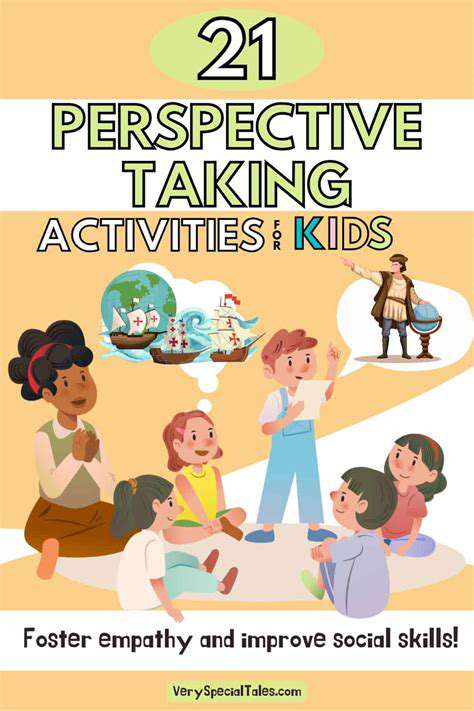Toddler Milestones: Understanding Your Child's Development
Crawling: Mastering Movement
Crawling is a significant milestone in a toddler's development, representing a crucial step towards independent mobility. It often emerges between the ages of 6 and 10 months, although every child develops at their own pace. This phase marks a transition from lying and rolling to propelling themselves forward using their arms and legs. Crawling involves a complex interplay of muscle coordination, balance, and spatial awareness, which are foundational skills for future motor development. Parents can encourage crawling by providing a stimulating environment with toys and objects that encourage exploration.
Observing a child's crawling technique can offer insights into their overall development. A smooth, coordinated crawl suggests good motor skills. If the child seems to struggle or employ unconventional methods, it's essential to consult a pediatrician to rule out any potential developmental concerns. Crawling is not just about physical movement; it's also about cognitive development, as the child explores their surroundings and learns about cause and effect.
Walking: Taking Independent Steps
Walking is a pivotal moment in a child's life, signifying a significant leap forward in their physical abilities and independence. Typically, toddlers begin walking between 9 and 15 months old. This milestone is often accompanied by excitement and pride, as the child experiences the freedom of movement and exploration. The process of learning to walk involves intricate coordination of leg muscles, balance, and spatial awareness. Supporting a child's development in this area is vital, providing opportunities for practice and encouraging exploration.
Encouraging a child to walk involves providing a safe environment with ample space for practice. Parents can also stimulate their child's interest by placing toys or objects slightly out of reach, encouraging them to take steps to get them. It's crucial to be patient and understanding as each child progresses at their own pace. Walking is more than just locomotion; it's a crucial step toward cognitive development, social interaction, and exploration.
Pulling Up and Standing
Pulling themselves up to a standing position is a vital precursor to walking. This often occurs between 8 and 12 months, and it's a significant indicator of developing strength, balance, and coordination. This milestone involves using their arms and legs to lift themselves to a standing position, demonstrating increasing control over their body. As they practice standing, they are preparing for the next stage: taking their first steps.
Supporting a child's ability to pull themselves up is crucial for their development. Providing a safe environment with supportive furniture, like sturdy chairs or tables, allows them to practice these skills. It's important to encourage exploration and provide opportunities for them to experiment with different ways to stand and move. Parents can also engage in interactive play, such as helping them pull themselves up from a sitting position, which further strengthens their muscle development and coordination.
Fine Motor Skills: Grasping, Reaching, and Manipulating
Fine motor skills, such as grasping, reaching, and manipulating objects, are essential for a toddler's development. These skills develop alongside gross motor skills, such as crawling and walking. Toddlers learn to grasp objects with increasing precision between 6 and 12 months. This skill is fundamental to exploration and learning, as it allows them to interact with their environment and discover new things.
Reaching Developmental Milestones: The Importance of Patience
Understanding that each child develops at their own pace is crucial to navigating the toddler years. While some milestones are typically reached within a specific timeframe, variations are perfectly normal. Patience and encouragement are key to fostering a positive and supportive environment for your child's development. Celebrating small victories and providing opportunities for practice are essential in helping toddlers reach their full potential. Remember, every child is unique, and focusing on their individual progress is the most important aspect of this journey.
Language Development: Babbling, First Words, and Beyond
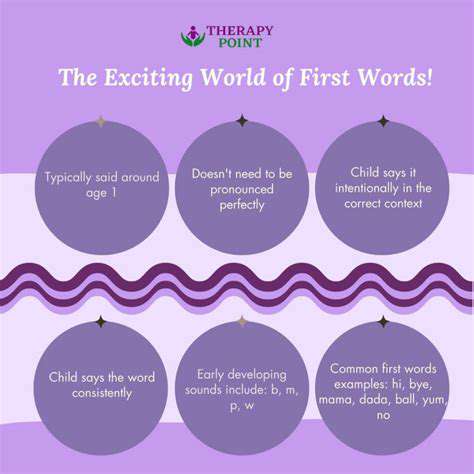
Early Stages of Language Development: Babbling
Babbling, a crucial initial stage in language development, is a fascinating process where infants experiment with various sounds. This stage, often starting around 6 months of age, involves the production of repetitive consonant-vowel combinations. While seemingly random at first, babbling serves as a vital foundation for future speech development, laying the groundwork for the complex articulatory movements required for clear speech.
Babbling is not simply random noise; it's a form of active learning. Infants are actively listening to the speech around them and experimenting with different sounds, gradually refining their vocalizations based on the language they're exposed to. This process is crucial for developing phonemic awareness, the ability to distinguish between different sounds in a language.
The Role of Parent-Child Interaction
Parent-child interaction plays a significant role in fostering language development during the babbling stage. Engaging in conversations, reading stories, and singing songs with infants exposes them to a rich variety of language structures, vocabulary, and intonation patterns. This interaction helps infants understand the social function of language and the importance of communication.
Meaningful interactions foster a strong foundation for language acquisition. Parents who respond to babbling with encouragement and positive reinforcement are helping their children understand that communication is a valuable and rewarding activity.
Expanding Vocabulary: Comprehension Before Production
While infants may not be producing complex sentences at this stage, they are actively comprehending the language around them. Understanding words and phrases before being able to speak them is a crucial aspect of language development. This comprehension lays the foundation for later production skills, allowing children to connect words with their meanings and build their vocabulary.
The Importance of Exposure
Exposure to a wide variety of language input is essential for language development. This includes listening to diverse conversations, stories, and songs. The more exposure a child has, the more opportunities they have to absorb language patterns and vocabulary. This exposure helps children internalize the rules of grammar and the nuances of their native language.
Exposure to a rich language environment is crucial for building a robust vocabulary and understanding of language structure. It's important to provide children with opportunities to hear and process various forms of language.
The Impact of Cultural Differences
Cultural variations in language use and communication styles can significantly impact a child's language development. These differences include variations in the amount of verbal interaction, types of linguistic input, and the way language is used in different social contexts. Understanding these cultural nuances is important for caregivers and educators to provide appropriate and effective support.
Recognizing and respecting these cultural differences is crucial for supporting all children's language development. It's important to tailor language stimulation and learning experiences to be sensitive to individual cultural contexts.
Long-Term Language Development
The foundations laid during the babbling stage and beyond impact long-term language development. Early language skills are linked to later academic success, social-emotional development, and overall cognitive abilities. Therefore, fostering a supportive and stimulating environment for language learning during early childhood is vital for future success.
A strong foundation in language skills during early childhood can have a profound impact on future success in school and beyond. Nurturing this foundation through appropriate stimulation and support is an investment in the child's overall well-being and future.
Social-Emotional Milestones: Building Relationships and Understanding Emotions
Understanding Emotional Responses
Children's emotional responses are a crucial aspect of social-emotional development. Recognizing and understanding these responses, from joy and excitement to sadness and frustration, is key to building healthy relationships. Parents and caregivers play a vital role in helping children label and process these emotions, teaching them coping mechanisms and strategies for managing feelings constructively. This understanding forms the foundation for empathy and compassion towards others.
Developing Empathy and Compassion
Developing empathy and compassion involves recognizing and sharing the feelings of others. This often starts with simple interactions, like noticing when a friend is upset and offering comfort. Encouraging children to consider perspectives different from their own, through storytelling, role-playing, or simply engaging in conversations about others' feelings, fosters empathy and compassion. Such nurturing interactions build a strong foundation for navigating social situations and forming meaningful connections.
Building Healthy Relationships
Building positive relationships is fundamental to social-emotional development. This involves establishing trust, respect, and open communication with peers and adults. Creating opportunities for children to interact with others in a supportive environment, whether through playdates, group activities, or family gatherings, is crucial. These interactions allow children to learn valuable social skills, such as sharing, taking turns, and resolving conflicts peacefully.
Managing Conflicts Constructively
Disagreements and conflicts are inevitable parts of social interaction. Teaching children how to manage these situations constructively is essential. This involves helping them identify the source of the conflict, understand different perspectives, and find solutions that are agreeable to all parties. Modeling conflict resolution skills and providing opportunities for practice in a safe and supportive environment are vital for children's social-emotional growth.
Recognizing and Responding to Different Emotions
Children encounter a wide range of emotions throughout their development. Recognizing and responding to these different emotions is key to their emotional regulation. From anger and fear to excitement and joy, children need guidance on how to understand and manage these feelings appropriately. Adults can help children identify these emotions by using descriptive language, validating their feelings, and offering strategies for coping with them.
The Role of Play in Social-Emotional Development
Play is a crucial avenue for social-emotional development. Through imaginative play, children explore different social roles, practice communication skills, and learn to negotiate and resolve conflicts. Providing a variety of play opportunities, including group activities, collaborative projects, and imaginative scenarios, allows children to develop important social-emotional skills in a fun and engaging way. Observing and interacting with children during play can offer valuable insights into their emotional development and social interactions.
